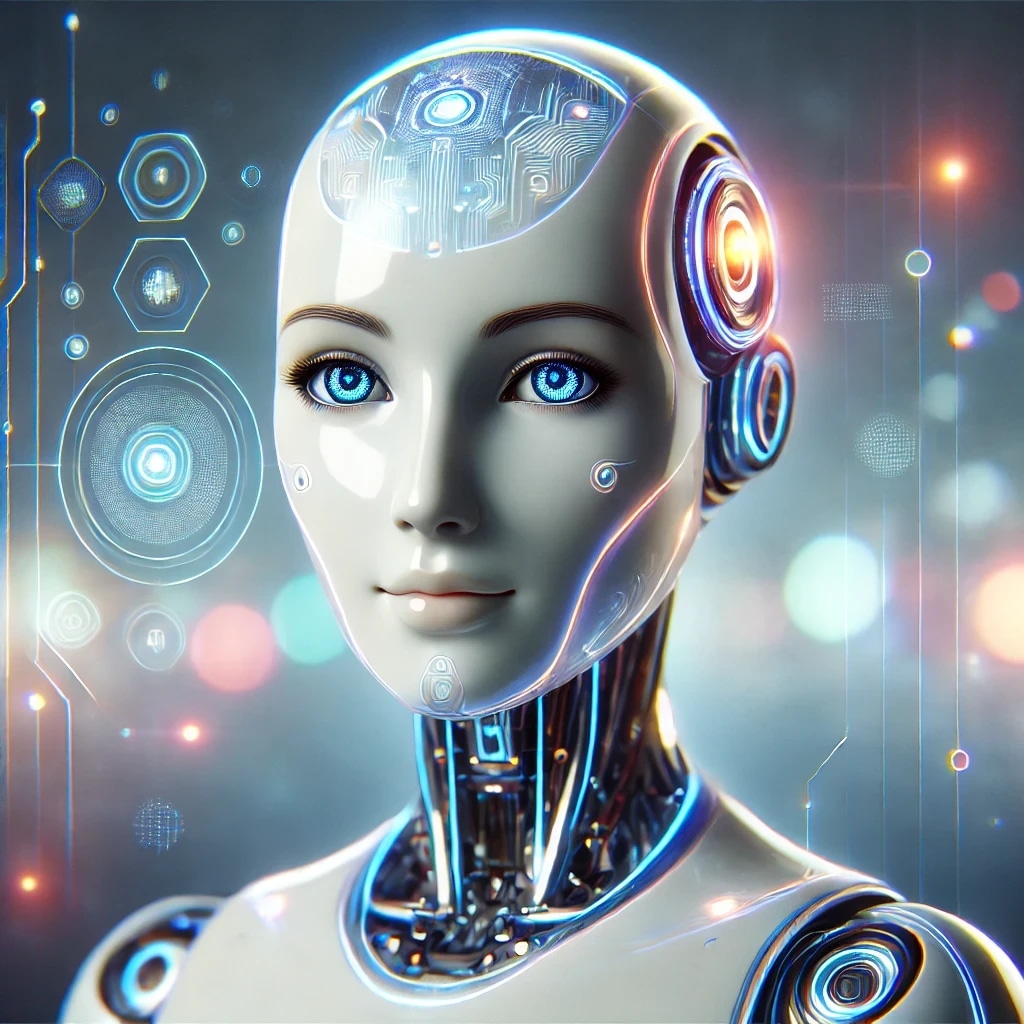
会話型AIエージェントについて知っておくべきこと
人間のエージェントか、先進的なロボットか?最近では見分けがつきにくいですね。
概要
- 会話型AI技術により、非常にリアルなチャットボットやバーチャルアシスタントが誕生しました。
- これらのツールは、会話型AIエージェントとも呼ばれ、私たちの言語パターンや意図を理解し、人間のような応答や解決策を提供できます。
- 自然言語処理、機械学習、大規模言語モデル、音声認識を活用して人間の入力を処理し、正確な応答を生成します。人間の要素や変異も考慮に入れています。
- 音声起動型バーチャルアシスタントは、AIを活用したテキスト読み上げ技術でさらに強化され、人間の音声と区別がつかないリアルな応答を生成できます。
概要
会話型AIは、企業、教育、個人の領域で急速に普及しています。標準的なルールベースのチャットボットとは異なり、会話型AIエージェントは私たちの話し方や表現を処理し、正確な応答を作成し、個別の解決策を提供することができます。

会話型AIの紹介
ウェブサイトのカスタマーサービスチャットボットとやり取りした際に、質問を完全に誤解されたり、基本的な問い合わせでエラーメッセージが表示されたことはありませんか?
もし「はい」と答えたなら、あなたは一人ではありません。実際、多くの企業やユーザーが同様の問題に直面していたため、エンジニアたちはより良いものを開発せざるを得ませんでした。自然なコミュニケーションを理解し、人間と同等にやり取りできるものを。
ここで登場するのが会話型AIです。
会話型AIは、機械が人間と自然にやり取りできるようにする技術です。急速に成長しているAIの一分野であり、強力なチャットボットやバーチャルアシスタント、その他の会話型AIエージェントやアプリケーションを構築するために使用されます。
もっと知りたいですか?会話型AIエージェントの変革的な世界に飛び込む時です。
会話型AIエージェントとは?

会話型AIエージェントは、人工知能を使用して人間のように質問や命令に応答します。自然言語や個々のコミュニケーションスタイルなど、人間と機械を区別するさまざまな要素を考慮し、ユーザーの意図を理解し、価値ある応答を提供します。
会話型AIエージェントは、標準化されたチャットボットの進化した人間的なバージョンと考えてください。
基本的なチャットボットは、よくある質問に答えたり、限られた情報を提供するだけですが、会話型AIエージェントは、訓練を受けた専門家のようにユーザーとやり取りします。
どうしてこれが可能なのでしょうか?
もちろん、先進的なAI技術によってです。
会話型AIエージェントは、自然言語処理、機械学習アルゴリズム、音声認識、大量のデータセットを組み合わせて、人間のやり取りを模倣しながら、先進的な機械のすべての能力を維持します。
会話型AIエージェントの主なタイプ
標準化されたチャットボットがユーザーとのやり取りを混乱させ、「愚かなロボット」と不満を言われる時代は終わりました。
会話型AIの飛躍的な進歩により、エンジニアは会話の要素をユーザーとのやり取りに取り入れた会話型AIエージェントを開発し、展開することができるようになりました。
最も一般的な会話型AIエージェントのタイプを見てみましょう:
AI搭載チャットボット:標準的なチャットボットとは対照的に、ChatGPT 4oのようなAI搭載チャットボットは、自然言語処理を使用してユーザーの意図を理解し、標準的な範囲を超えた解決策を提供します。ルールベースのチャットボットが非標準的な問い合わせで「詰まる」ことが多いのに対し、AI搭載チャットボットは膨大なデータを活用して適切に応答し、人間の変異を考慮に入れます。
音声起動型バーチャルアシスタント:AI搭載チャットボットと同様に、バーチャルアシスタントはさまざまなユーザーの問い合わせに対応するよう訓練されていますが、1つの例外があります。テキストではなく音声を分析します。SiriやAlexa、Googleアシスタントを考えてみてください。これらはすべて、会話型AIエージェントの主流の例です。個人利用に加えて、AI音声アシスタントは教育分野でもますます普及しています。教育分野での普及。
マルチモーダルAIエージェント:上記の例が1種類の入力で動作するのに対し、マルチモーダルAIエージェントはテキスト、音声、画像、ビデオ、非音声オーディオ、ジェスチャーなど、複数の入力を分析できます。これらの会話型AIエージェントは、さまざまな入力を分析しながら、ユーザーのさまざまな問い合わせに対応します。
会話型AIエージェントの主要コンポーネント
会話型AIは多くのビジネスオペレーションの重要な要素になりつつありますが、その内部の仕組みは多くの人にとって謎のままです。
会話型AIの主要コンポーネントと、それがどのようにして会話型エージェントが顧客とのやり取りで優れた成果を上げるのかを見てみましょう:
自然言語処理 (NLP)
NLPは、AIエージェントが人間の言語を理解し、解釈し、生成することを可能にします。これは、会話型AIエージェントが基本的なチャットボットやアシスタントと異なる重要な特徴です。NLPは、自然言語理解 (NLU) と自然言語生成 (NLG) の2つの主要カテゴリに分けられます。NLUはエージェントがユーザーの質問やプロンプトの性質を理解するのを助け、NLGはエージェントが一貫性のある関連する応答を生成することを可能にします。
機械学習 (ML)
機械学習は、会話型AIエージェントが異なるユーザーとやり取りする中で進化し、適応することを可能にします。現代のMLアルゴリズムは、パターン、好み、過去のやり取りを分析するのに優れており、AIエージェントが時間とともに改善し、賢くなるための仮想知識ベースを構築します。
大規模言語モデル (LLMs)
NLPに加えて、会話型AIエージェントは大規模言語モデルに依存してさまざまなトピックを理解し、より良い応答を作成します。LLMは、書籍やウェブページ、記事、ソーシャルメディア投稿などの広範なデータセットで訓練されており、言語をよりよく処理し、適切に応答することができます。
音声認識
高度な音声認識は、AI搭載の音声アシスタントにとって必須です。音声認識は、話された言語をテキストに変換し、AIエージェントがさまざまな音声コマンドを処理、分析、理解することを可能にします。
会話型AIエージェントとテキスト読み上げ
会話型AIエージェントを設計し、展開する際には、出力そのものではなく、出力の質に焦点を当てることが重要です。
特にAI搭載の音声アシスタントを開発する際には、ユーザーに自然で本物のように応答することが求められます。
先進的なテキスト読み上げツールであるElevenLabsを使用すれば、ユーザーに人間のように応答する会話型AIエージェントを開発でき、ゼロからTTSシステムを構築する必要がなくなります。
この便利なショートカットについてもっと知りたいですか?会話型AIのためのElevenLabsをチェックしてください。
最終的な考え
会話型
高度な自然言語処理、複雑な機械学習アルゴリズム、大規模言語モデル、音声認識によって強化されたこれらの
エンジニアやAI開発企業は、自然な音声のテキスト読み上げソフトウェアを音声起動型バーチャルアシスタントに統合し、会話型AIエージェントをさらに人間らしくすることができます。
とはいえ、会話型AIの魅力的な世界はまだ始まったばかりです。もっとエキサイティングなアップデートをお楽しみに—たくさんありますよ!
ElevenLabsチームによる記事をもっと見る

Building clinical-grade voice agents for Pharma
Increasing physician reach by 30% and cutting admin time by 10 hrs/week

MyPlanAdvocate makes Medicare enrollment twice as efficient with ElevenLabs Agents
AI agents pre-qualify ~210,000 calls per month, concentrating licensed capacity on eligible demand.
